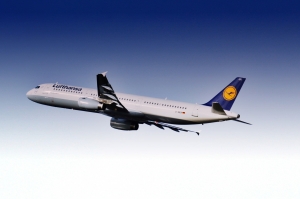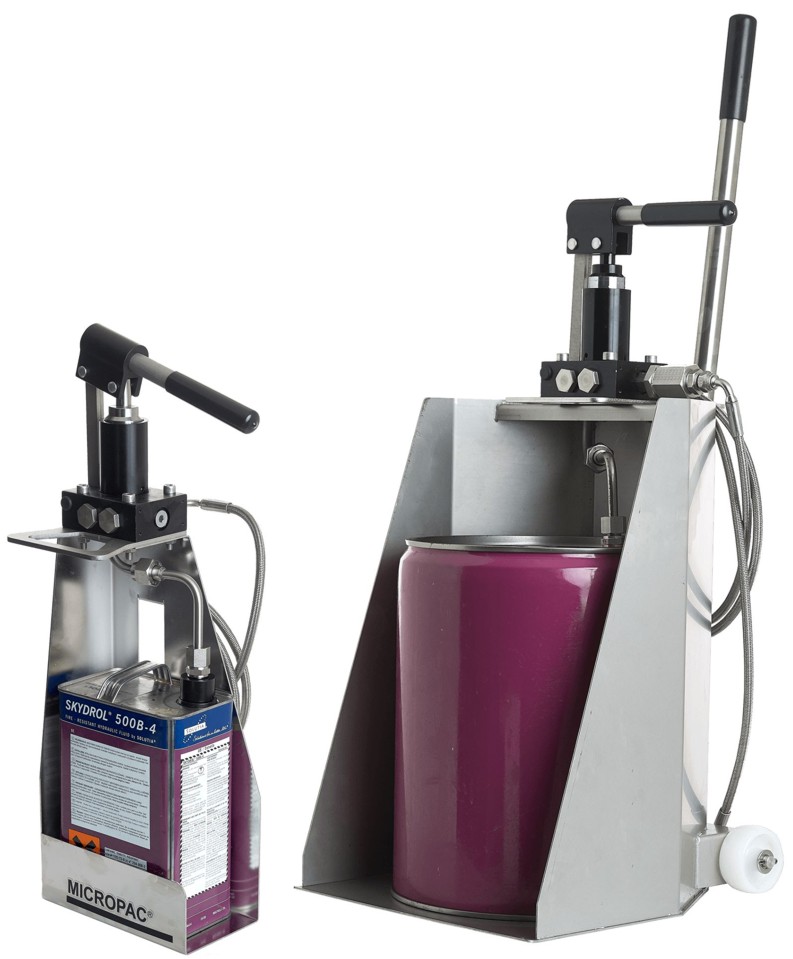Green with envy: With engine-makers’ revenues potentially totalling $1trillion over the next 20 years, who is leading the design race for greener jet travel?
With the aviation industry striving to achieve big reductions in fuel consumption by 2020, who is in pole position? Engineering gets exciting when aero engine titans are next to each other on the starting grid ready to thrash out some really rather exotic technology. Sarum has been eagerly following the development of the geared turbofan aero engine for a number of years. The question is who is winning? Well, for now – it’s a hard call.
This is innovative green thinking. A small planetary gearbox weighing less than 150kg, rotating at 5,000rpm and transmitting 30,000 horsepower is a big feat. Think back to the noisy 1960s, and today’s modern turbofan is not only 80% quieter, but burns half the amount of fuel – so far less greenhouse gases. Leading the innovation race, in one camp, Pratt and Whitney want to build one of their aero engines into every narrow body civilian jet aircraft in the future. In the other camp is General Electric, the market giant who is holding fire on the geared turbofan. Instead, GE are opting to squeeze greater efficiency out of their own high tech “LEAP” narrow body engine that is a credible competitor to the geared turbofan – but without the complexity and risk. Our own Rolls Royce is no longer in the narrow body engine market and is waiting on the sidelines reserving judgement. It will be interesting to see which way they go.
So what is the future of civilian jet engines? The business of propelling large passenger jets is big bucks, with the engines accounting for up to a third of the value of a new jet. Small geared turbofans have been around for years. The engineering challenge is scaling the gearbox up an order of magnitude to cope reliably with these huge powers. Pratt and Whitney are backing this all the way as they believe they have cracked it.
Fuel efficiency is the Holy Grail for airlines. Today’s oil prices may be low, but if you run a business where 25% of your fixed costs are fuel, you’ll know the fluctuating oil market inside out. So any innovation by aero engine manufacturers to eke out fuel is a big saving over the typical 25-year life of the aircraft. The engine manufacturers  even guarantee fuel consumption to the airlines and their leasing companies, so assuming a new design will come right on the night may not stack up. Certainty is the order of the day.
even guarantee fuel consumption to the airlines and their leasing companies, so assuming a new design will come right on the night may not stack up. Certainty is the order of the day.
Over the years, engine refinement has created far more efficiency. One recent development is larger and larger diameters of the front compressor fan in order to increase the bypass ratio in the engine, forcing more air through the core, increasing efficiency and reducing noise. A case in point is the Rolls Royce Trent engine on an Airbus 380 – the front compressor fan is a massive 3 metres diameter. Designers had reached a dead end, where running the fan off the same spindle as the rest of the engine put the brakes on larger diameters because the outer blade tips exceed the speed of sound, which in itself reduces efficiency. Gearing the front fan down to cut the rotational speed of the blades and enabling you to feed even larger volumes of air through these massive engines has excited designers for years. But the market leaders are Pratt and Whitney, claiming a competitive edge on efficiency and vital fuel consumption with their new engine technology.
Rolling out this new generation for travellers world wide, Lufthansa has just taken delivery of its first Airbus A320neo with the new Pratt and Whitney “PurePower” engine. The salient question is whether airlines and their leasing companies take a 25-year punt on GE/CFM’s tweaking of the existing design? Or will they see the future in the efficient but complex new technology in Pratt and Whitney’s Geared Turbofan. Only time will tell.
In the meantime, it’s back to low tech and Micropac pressure test equipment used world wide for testing aircraft fuel systems. Find out what we do at www.sarum-hydraulics.co.uk






Leave A Comment